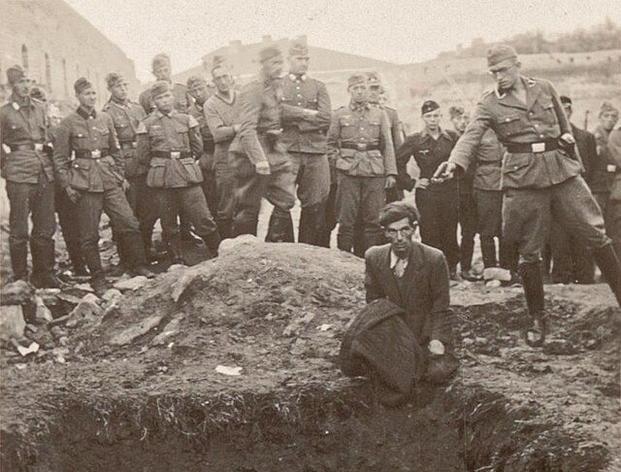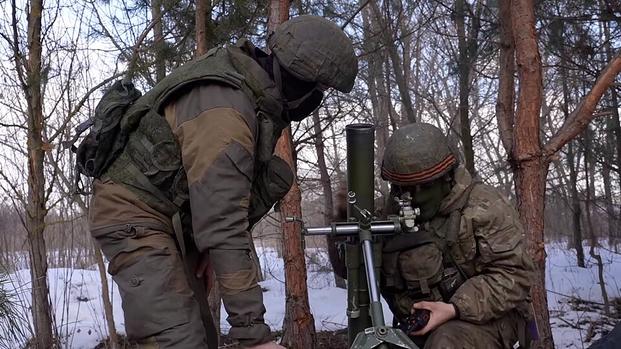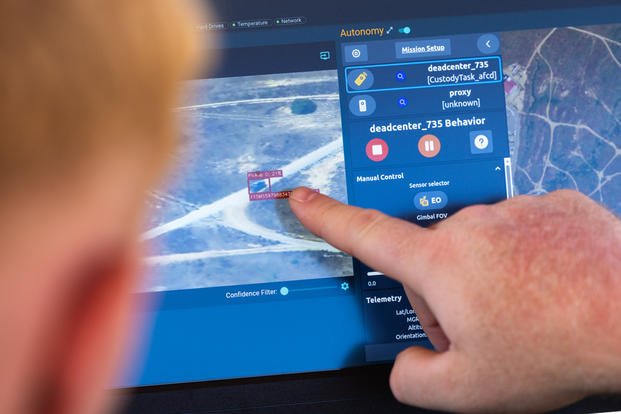For more than eight decades, one of the Holocaust's most haunting images remained shrouded in mystery. The photograph shows a Nazi soldier pointing a pistol at the head of a Jewish man kneeling beside a mass grave, while his fellow SS comrades watch. The killer's identity seemed lost to history. Until now.
German historian Jürgen Matthäus recently identified the executioner as Jakobus Onnen, a former teacher who joined the SS before the war. The breakthrough came through archival research, a family tip and artificial intelligence supported facial recognition analysis conducted by volunteers from investigative group Bellingcat — raising questions about whether similar technology could prevent future war crimes.
How AI Solved an 84-Year-Old WWII Mystery
The photo, long mislabeled as “The Last Jew in Vinnitsa,” first circulated during Adolf Eichmann's infamous 1961 trial. But the facts behind it remained unknown, such as the location, the date, and the identities of both killer and victim.
Matthäus, who served as head of research at the U.S. Holocaust Memorial Museum until March, discovered a negative in the museum's archives inside the diary of Austrian Wehrmacht officer Walter Materna. The diary revealed the massacre actually occurred at a fortress near Berdychiv, Ukraine, on July 28, 1941 — not in Vinnitsa.
After Matthäus published preliminary findings in the German news publication Die Welt in 2023, a reader contacted him, saying the gunman might be his wife's uncle based on family correspondence. The family still possessed several photographs of Onnen, though they had destroyed his letters from the Eastern Front in the 1990s.

Bellingcat volunteers used AI facial recognition to compare the historical photo with family images. The technology produced a match of approximately 99 percent certainty, according to Matthäus, who published his findings in "Zeitschrift für Geschichtswissenschaft" (Journal of History).
“The match, from everything I hear from the technical experts, is unusually high in terms of the percentage the algorithm throws out there,” Matthäus told The Guardian.
Onnen was born in 1906 in Tichelwarf, Germany. Before the war, he taught English, French and physical education. He joined the Nazi SA in 1931 and later enlisted in the SS. By August 1939, he had joined the SS Death's Head Unit at Dachau concentration camp before serving with Nazi “Order Police” in occupied Poland.
Following the Axis Invasion of the Soviet Union in June 1941, Onnen joined Einsatzgruppe C, a mobile death squad with orders to follow the Wehrmacht and exterminate all Jews and others the Germans considered sub-human.
Onnen was later killed in combat near Zhytomyr, Ukraine, in 1943. The victim's identity remains unknown.
Ukraine Already Uses AI for War Crimes Investigations
The identification demonstrates how AI can assist war crimes investigations when combined with traditional research. Ukraine has recently deployed similar technology during its war with Russia.
Approximately 400 investigators in Ukraine use facial recognition software from Clearview AI to build war crimes cases, identify the dead, and even contact and notify Russian families about their fallen soldiers, according to the company's CEO, Hoan Ton-That.
Ukrainian prosecutors investigating alleged Russian war crimes in Bucha used facial recognition, geospatial data analytics, and video analysis to identify alleged perpetrators, according to a 2022 Wall Street Journal report.
Some experts suggest the technology could deter future war crimes if soldiers know they might be identified and prosecuted years later. A chapter in The Cambridge Handbook of Facial Recognition in the Modern State notes there is hope this could deter soldiers from committing war crimes, though possible false matches remain a concern, and the technology should only serve as an investigative lead.

AI Accuracy Concerns Raise Stakes for Military Use
Onnen’s identification carries implications beyond historical justice. The same technology Ukraine uses to investigate alleged Russian war crimes could reshape how the U.S. military approaches accountability in future conflicts.
The Department of Justice's 2024 guidance on AI in criminal investigations acknowledges that facial recognition enables faster identification through advanced pattern recognition, but agencies must balance public safety advantages against privacy and civil rights concerns. The military faces similar questions as it considers deploying these tools in combat zones.
False identifications remain a serious problem in civilian law enforcement. At least six people have reported being falsely accused of crimes following facial recognition matches, and all six were Black, according to the Innocence Project. Police departments in 15 states used facial recognition in more than 1,000 criminal investigations over four years, but many defendants were never informed about the technology's role, according to an October 2024 Washington Post investigation.
These accuracy concerns also matter in military operations, where misidentification could mean targeting the wrong person or incorrectly accusing service members of war crimes.
The Onnen case demonstrates that the technology works best when human input guides every stage. Matthäus spent years in historical archives establishing facts before AI provided a statistical confirmation.
“Digital tools in the humanities have massively increased in use, but it's usually for the processing of mass data, not so much for qualitative analysis,” he said about AI's potential.

What AI and Facial Recognition Mean for Future Warfare
For the U.S. military, AI could enhance accountability and potentially deter misconduct if troops know their actions might be identified, even decades later. But experts stress the technology works as one tool among many, not a replacement for human judgment and traditional investigative methods. However, the U.S. military is currently undergoing a massive transition as AI becomes a valuable tool for conducting military operations, from drone strikes to logistical support.
As conflicts increasingly generate massive amounts of digital evidence — from helmet cameras to drone footage to social media — the military will need clear policies on when and how to use facial recognition. The alternative is allowing war crimes to go unpunished or even letting flawed technology drive accusations without proper verification.
For now, technology has helped answer one question that haunted historians for more than 80 years. The harder question is whether militaries can deploy these tools responsibly in future wars.
















